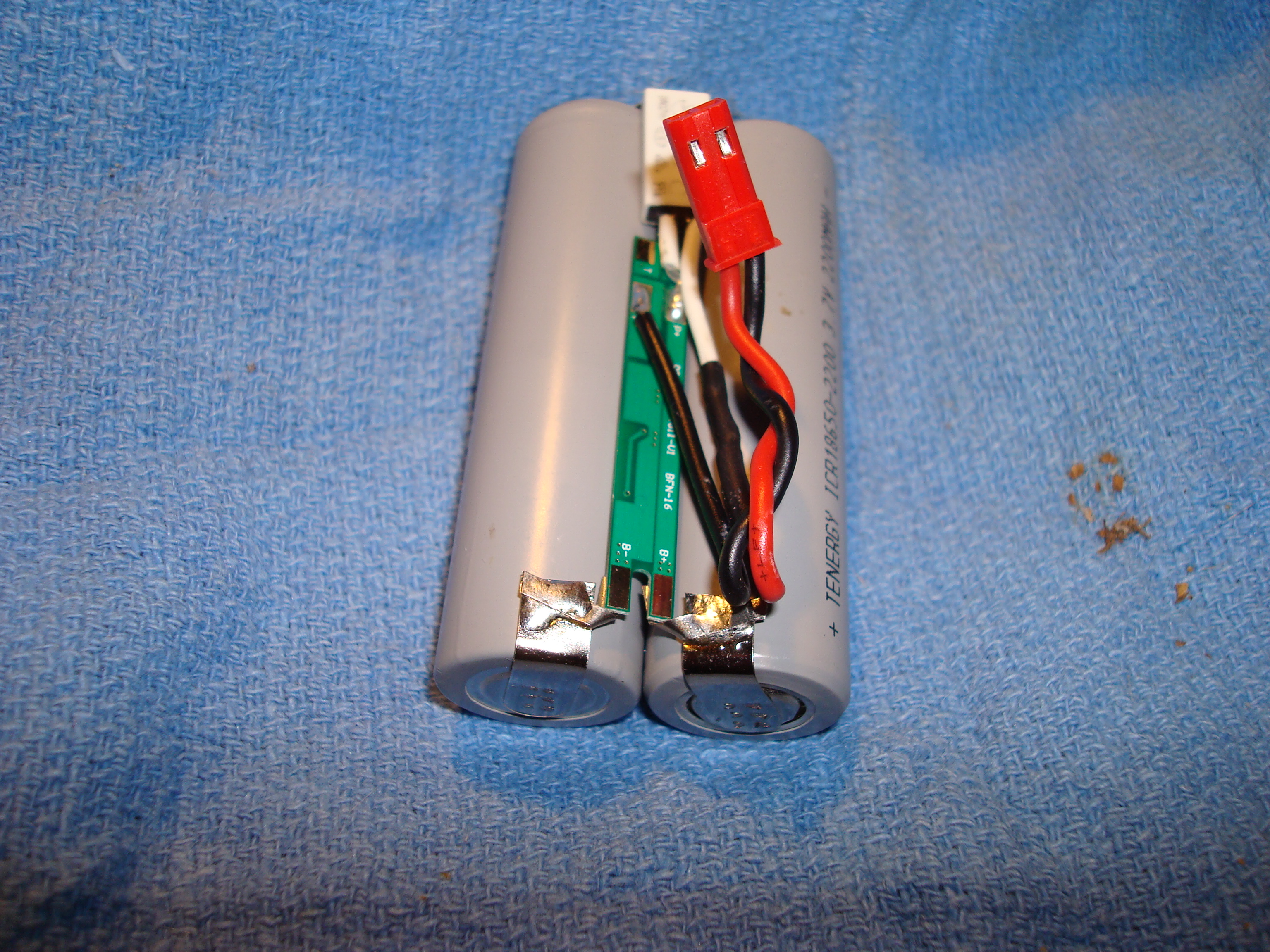Not the case here at all. I'm guessing that you haven't watched the video? The t/c was inserted before heating up the Solo.
Yes, I watched the video, that's how I know the readings were lower than they should have been at step 4.
Heatsinking via the leads is not dependent on how it's heated/loaded but is a dynamic thing. If heat is being transferred up the leads (and it always is to some extent) that means heat is being removed from the area. The spot in contact is locally cooler. This is a known effect, the reason very fine wires are often used for accurate readings.
It's a misnomer to say 'T/Cs sense at the point of contact', in fact they sense (develop signal) in the leads to that point. The ends are welded together, there is zero signal at the tip. Each of the two leads, being different materials, develops a small voltage per degree drop back to the common point in the meter body. Often "Isothermal blocks" (where the leads are insulated electrically by shorted thermally) are used to confine this action. You'll find them mounted to furnace bodies on long runs, for instance. Lots of good information on this good stuff in the "Omega book", Omega makes a lot of this stuff. That book (which was six inches thick before being broken into volumes years back) is now on line, of course. You might start here?
http://www.omega.com/prodinfo/thermocouples.html
Heatsinking doesn't matter, of course, if you're sensing a 'firm source' like a large metal mass or flame but when available heat (in calories) is low (meaning temperatures change easily with heat load changes) that's not the case.
The very act of making the measurement (putting the T/C in) perverts the very thing you're trying to measure. As Heisenberg warned us in another venue.
At idle the indicated temperature should have reached 195C give or take on step 4, the observation it didn't leads me to think this (heatsinking) is an issue. Like I said, in my tests I watched the temperature 'hunt' around the normal temperature (go up and down with cycling), to me that indicates errors from instrumentation were small (but always a factor). The video doesn't show that that I saw. Conduction should, over time, have the load at ldle at the same temperature (matching the cup)?
i tihnk i'm with
@Stu here, i have fairly heat tolerant hands, usually have a finger on the stem next to the top while hitting, i notice it gets hottest as im doing a slow long draw and goes back down after that.
An entirely different issue. Your mouth also gets warmer from the hot air passing, right? However, this demonstrates just what I'm saying above. When you stop the hit, the heat in the stem is conducted away over time (like the heat is drawn out locally by the leads), cooling off. It's still being heated some, it's just cooled more so the temperature drops.
I get it lots of this is counter intuitive but sometimes that happens. The load can never be hotter than the hottest heated mass (the cup in our case). How much cooler the load is at any point is a matter of how fast heat is removed compared to how fast it's conducted/convected/radiated in. Hot air can never make the load hotter than it is, to make up for losses of heat (in calories) being conducted out or consumed in making vapor unless it's much hotter in degrees than that load. In Solo a source of air hotter than 195C is not available, the work has to be done by conduction.
If it was convection the air being added would be hotter than the target temperature to cover loses. In the TV products and ESV (and Grasshopper if it ever happens....) that is from a source over 1000F for that reason. Unlike conduction, but like radiation, the source has to be hotter.....much hotter to be practical and make useful vapor the formulas for heat transfer (in calories) depends on this 'delta' (difference) in temperatures (in degrees), the bigger it is the more heat is transferred. In Solo there is no such delta?
Like I said, probably a good idea to dig the stuff out and repeat the experiment.
FWIW I also recall hitting the T/C with no load. The temperature comes up from idle, but never reaches cup temperature? As I'd expect, again heat is also being subtracted up the leads. Did you try that? I will again if/when I redo the experiment.
Fun stuff.
I'm thinking this is due to the hot vapor/air traveling up the stem during your draw and transferring heat energy to the stem. This is a good thing because it helps to cool the vapor before it reaches your mouth, but I don't think it's a viable indicator of the temperature in the bowl.
My instincts tell me that the Solo shouldn't have much convection going on at all. But
@Stu 's video seems to prove otherwise. I don't know, I'm stumped.

One thing I think we can all agree on is the Solo's effectiveness!

Exactly so......and results matter.
OF









